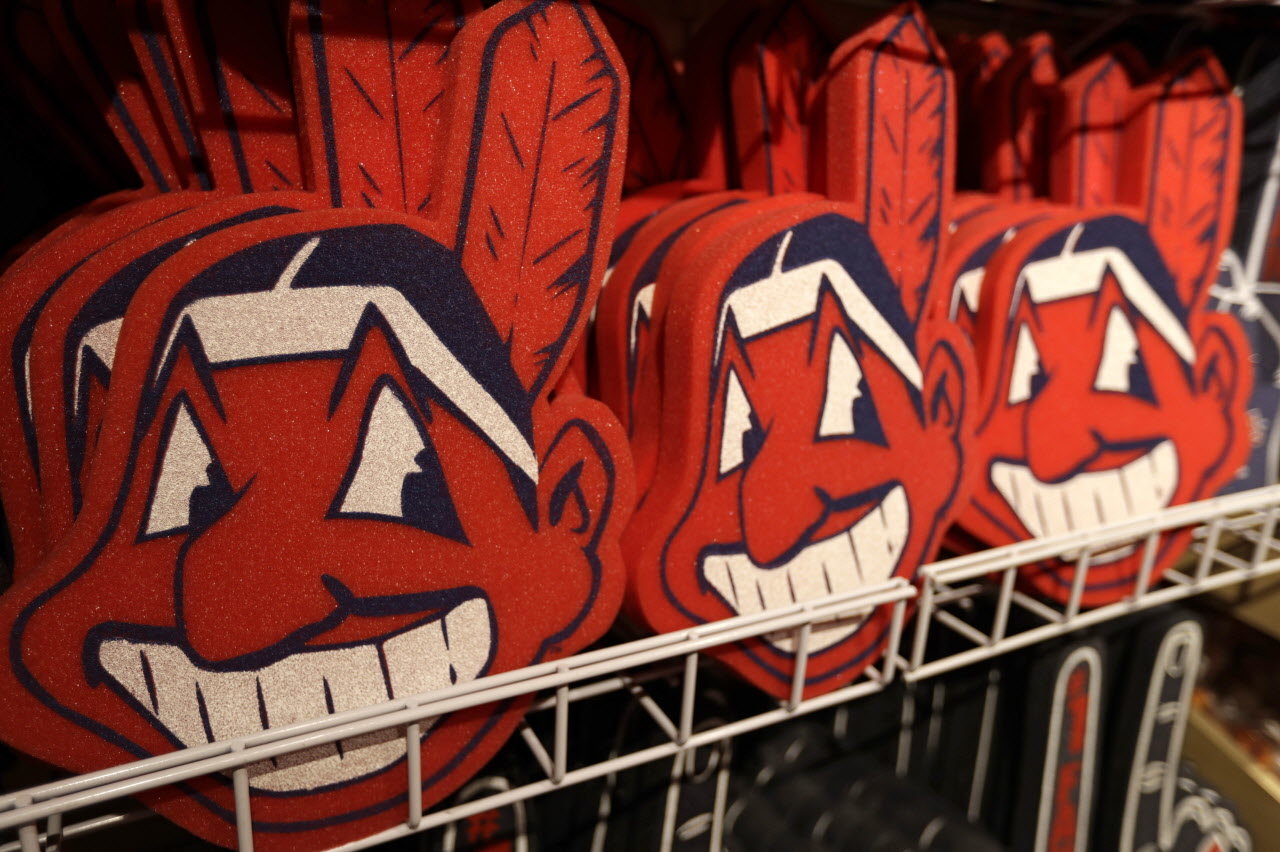Chief Wahoo is the fictive Native American Indian whose insanely characterized face has served as the Cleveland Indians Baseball team logo for generations. The team announced today that the Chief’s face will, as of 2019, no longer appear on uniforms, or other official team products worn by players or endorsed by the team. Go Tribe! – as Indian fans like to be called. And that is coming from me, a Chicago Cubs fan. (The Cubs beat the Indians in a nail-biter of a World Series in 2016).
Wait, did I just write “Go Tribe”? Isn’t that also an offensive, racist way for a group of fans – most of whom are anything but Native American Indians – to describe themselves? And by using that term, aren’t I guilty of perpetuating an offensive, racist, celebration? At the very least, am I not being hypocritical when I celebrate the death of Chief Wahoo, and remain totally comfortable with a team called the Indians and a fan base called the Tribe?
I would answer, in order of my above questions: I did, not necessarily, no and no. In fact, I think that the long, sometimes tense, unfolding of this debate, and the team owners’ appreciating both some fans’ deep and well-meaning attachment to Chief Wahoo, and also to those who found his face somewhere between silly and offensive, to be a model for the way we all increasingly renegotiate identities – be they the sports teams for which we root, the religious traditions with which we affiliate, or the nations with which we identify, and the symbols we attach to them.
In the case of the fight over Chief Wahoo, that means that even those who hated the symbol would need to remember that you need not be a Native American to be part of a tribe, or at least feel that however white you may be, you actually identify with The Tribe, and that includes identifying with Chief Wahoo as he is. Really? Yes, really.
There are tribes in this world, and they are not all Native American. There are tribal identities, and they are not even all biologically-driven. How often do Jews identify as “MOT” – Members Of The Tribe – even if they are converts, or in some cases, not even formal converts, but deeply connected fellow travelers? That was actually the model for the first 1000 years of Jewish history, when there was no such thing as converts, but fellow travelers (Gerim, in Hebrew) were taken quite seriously as group members.
My point is that it is easy to dismiss others’ feeling of connection as insufficient, inauthentic, or simply fake so that we can ignore their voices. What I love about the Indians owners’ defense of Chief Wahoo lovers is that they did the opposite. They took those fans and their attachments seriously. There is a lesson in there for all of us who imagine that we have fully mapped others’ identities, be they sports-related or spiritually-related.
To be clear, I also love that, after a deliberative process, they also moved toward killing the Chief. Why? Because a significant number of others – both “real” Indians and others, experienced that character as crossing the line from humor to mockery. They too are real fans – dare I say members of the tribe? – whose voices count for at least as much as those who love Chief Wahoo. On top of which, they argued, not only from a place of personal attachment, but from one of concern about how the image was used to justify ongoing stereotypes of Native Americans.
Personally, I found the name, Chief Wahoo, more offensive than the image, but that is neither here nor there. My response mostly reflects my love of cartoons, and the fact that the name strikes me as far more disrespectful than the admittedly over-the-top image, especially as the image does not play into any of the classically grotesque stereotypes associated by those who hate Native Peoples. But all of that is neither here nor there.
Chief Wahoo is not quite dead, but he has been given a year to live. I will not be sad when he is finally gone, but far more important is whether or not the process by which this happened will live on and be applied to a whole range of identity debates which currently shake our nation. If so, then Chief Wahoo’s long last phase of life will have been well worth it, and come next year, I will happily shout, “Chief Wahoo is dead, long live the Indians!”

Listed for many years in Newsweek as one of America’s “50 Most Influential Rabbis” and recognized as one of our nation’s leading “Preachers and Teachers,” by Beliefnet.com, Rabbi Brad Hirschfield serves as the President of Clal–The National Jewish Center for Learning and Leadership, a training institute, think tank, and resource center nurturing religious and intellectual pluralism within the Jewish community, and the wider world, preparing people to meet the biggest challenges we face in our increasingly polarized world.
An ordained Orthodox rabbi who studied for his PhD and taught at The Jewish Theological Seminary, he has also taught the University of Pennsylvania, where he directs an ongoing seminar, and American Jewish University. Rabbi Brad regularly teaches and consults for the US Army and United States Department of Defense, religious organizations — Jewish and Christian — including United Seminary (Methodist), Yeshivat Chovevei Torah (Modern Orthodox) Luther Seminary (Lutheran), and The Jewish Theological Seminary (Conservative) — civic organizations including No Labels, Odyssey Impact, and The Aspen Institute, numerous Jewish Federations, and a variety of communal and family foundations.
Hirschfield is the author and editor of numerous books, including You Don’t Have To Be Wrong For Me To Be Right: Finding Faith Without Fanaticism, writes a column for Religion News Service, and appears regularly on TV and radio in outlets ranging from The Washington Post to Fox News Channel. He is also the founder of the Stand and See Fellowship, which brings hundreds of Christian religious leaders to Israel, preparing them to address the increasing polarization around Middle East issues — and really all currently polarizing issues at home and abroad — with six words, “It’s more complicated than we know.”

